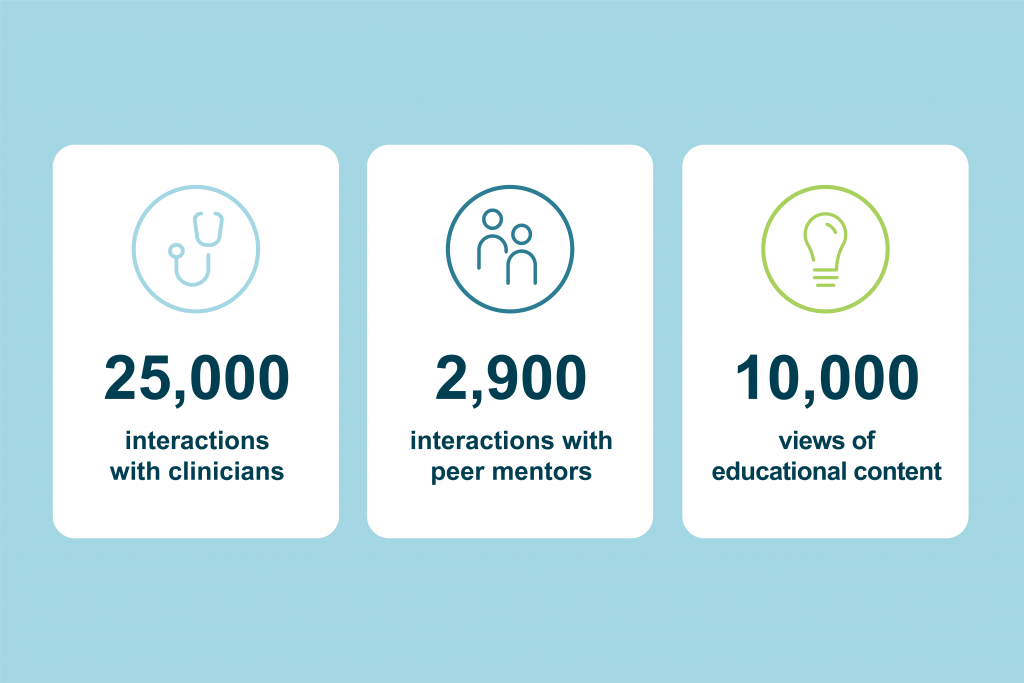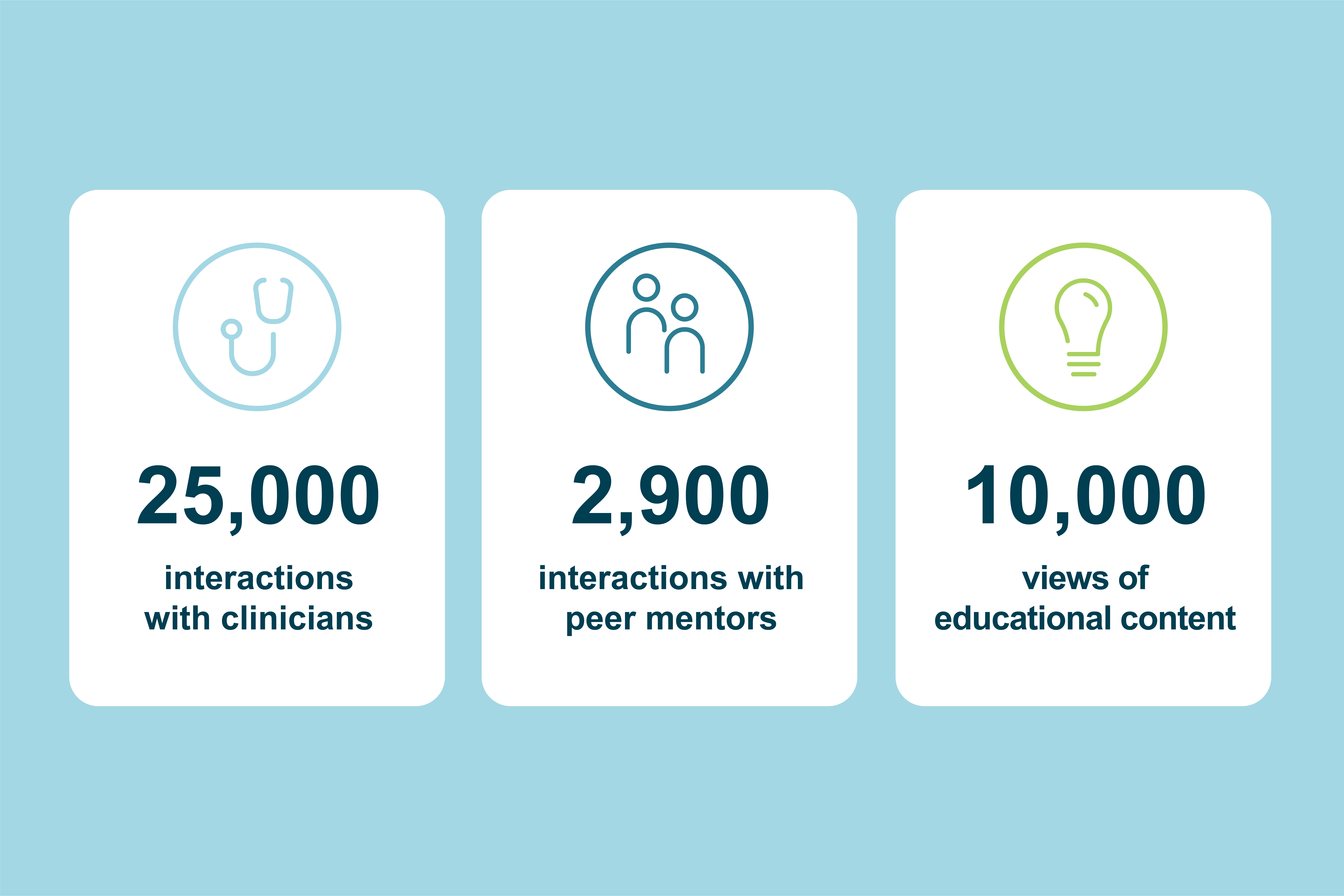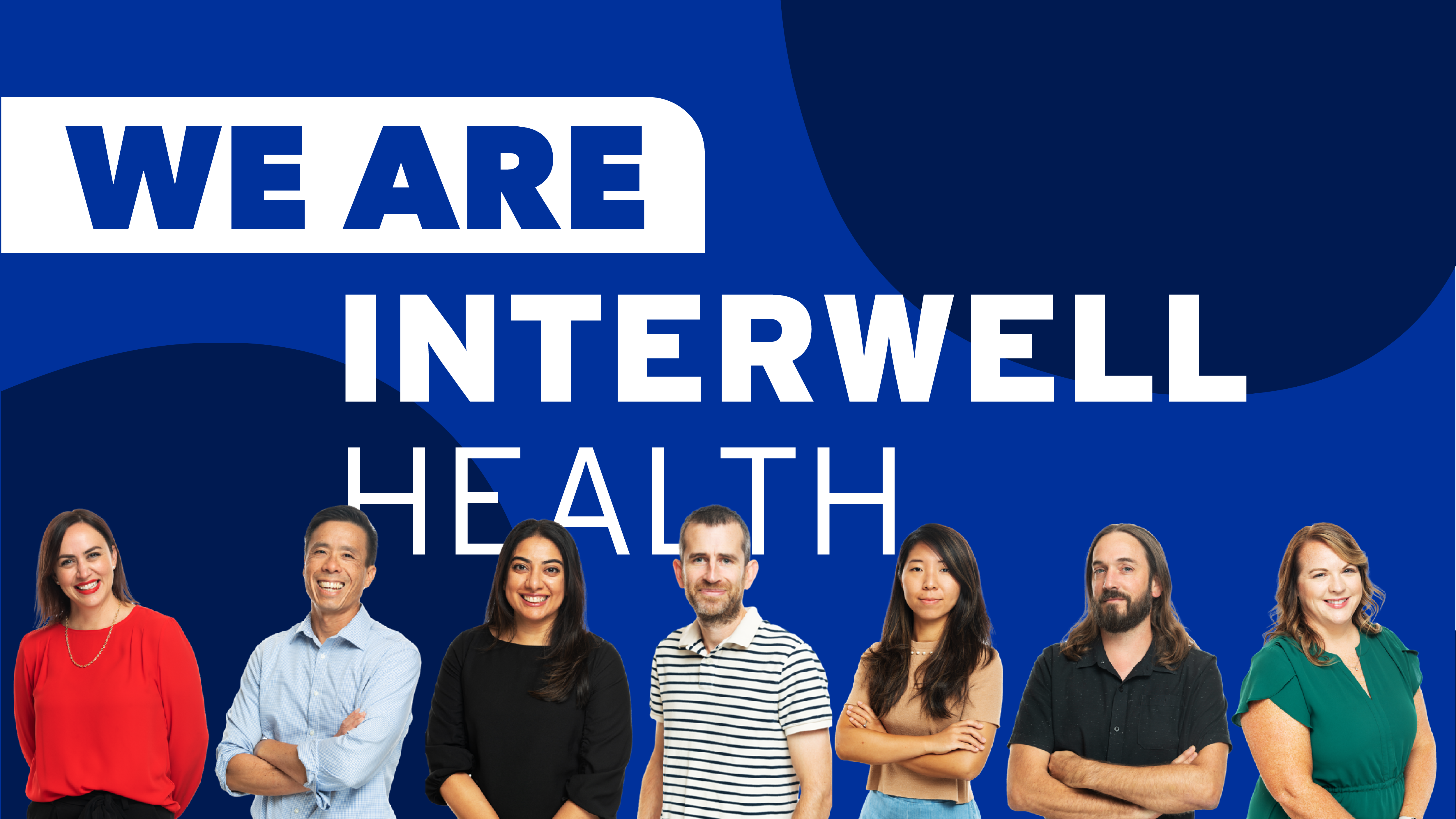By Andrew Schutzbank MD, Chief Product Officer, Cricket Health
Much has been said of the great burden of chronic disease on one’s life and our society. However, one often overlooked aspect is the daily struggle of chronic disease–forming the new daily habits needed to continuously treat it. While working on the Cardiology service at the Boston VA hospital during my very first year as a physician, we had a patient whose blood pressure was not improving despite our interventions. When we went to the bedside to figure out what was happening, we noticed a line of untaken doses of medicine on the nightstand. The Cardiology attending looked at us with a wry smile and simply stated, “it does help to get the medicine IN the patient.” This has always stood out as a simple reminder that so much of what we do in medicine ultimately comes down to simple, daily behaviors. If people don’t want to — or, even worse, can’t — “take the medicine” then we aren’t really helping them. We built Cricket Health to help with his very problem — to help those with kidney disease engage in their own care to do the very best that they can.
Right now, most people who receive a kidney care diagnosis spend too much of the health care journey on their own. They see a kidney care specialist two to four times a year, and hopefully see their primary care doctor a little more often than that. Things only change when their kidneys fail and they “crash” into dialysis–which will ultimately consume many of their waking hours for the rest of their life.
Trying to manage kidney disease in this way — alone — can feel overwhelming. Individuals might have a checklist from their doctor of things to do every day, like taking medication, checking weight or blood pressure, staying active, and eating healthy. They may have a number to call with questions or if their condition worsens, or even access to video visits between their time in the doctor’s office.

But what does it take to truly “get the medicine IN the patient?” We built MyCricket™ to provide the support people need, where and when they need it. We realized early on that it’s not about where people get care, from the doctor’s office to the virtual visit, but it’s about the care they are getting. It can’t be just a checklist; it has to make people feel fully supported in their care.
For example, in the last year, MyCricket hosted 25,000 interactions with clinicians, 2,900 interactions with peer mentors, and over 10,000 views of educational content. This showed us that when we prioritize the user experience, seniors and other populations often thought to be unreachable will happily use technology to help manage their care and take advantage of the virtual aspects their care plan provides.
MyCricket care is available in person, by telephone, and virtually. Our goal with this tool is for tech-enabled care to reach nearly everyone. According to Pew Research Center, in early 2000, just 14 percent of seniors were internet users. By 2017, 67 percent of adults aged 65 and older said they were online. Now, COVID-19 has impacted the way everyone interacts online, and chronic condition patients are no different. Contrary to popular belief, adults aged 50 and older have been adopting smartphones, wearable devices, and smart home technology at nearly the same rate as young adults,according to an AARP study from 2020. They also found that if offered a choice, over half of seniors said they would prefer to have their health care needs managed by a mix of medical professionals and health care technology. Research also tells us that rural communities are progressively becoming more reachable through technology as well. According to Pew Research Center, in 2007 only about one third of rural Americans reported having an internet connection at home. By 2019, this number had gone up to two thirds. Technology and connectivity is continuing to spread across communities and demographics, making it easier to reach them.
If a patient is in between her in-person visits to her nephrologist, but she has a question about her medication, Cricket Health’s MyCricket comprehensive patient support program gives her access to her care team, which includes a pharmacist. Waiting until her next in-person appointment could not only be dangerous, but could also add unneeded stress to the patient. If she is looking to chat with someone who has also been diagnosed with CKD, MyCricket gives her access to a clinician-monitored group of her peers to offer her support throughout her journey. While she could access her primary care physician or nephrologist, to answer any questions she might have between visits, we have all experienced the feeling of dread before running the gauntlet of calling our doctor. MyCricket is designed to be easy, frictionless and intuitive for everyone, regardless of their background.
We are excited to reach more people with kidney disease with the MyCricket platform in the months ahead. Giving people easy access to clinicians, peer support, and resources is going to be a game changer for kidney disease, helping more people live their best lives.




